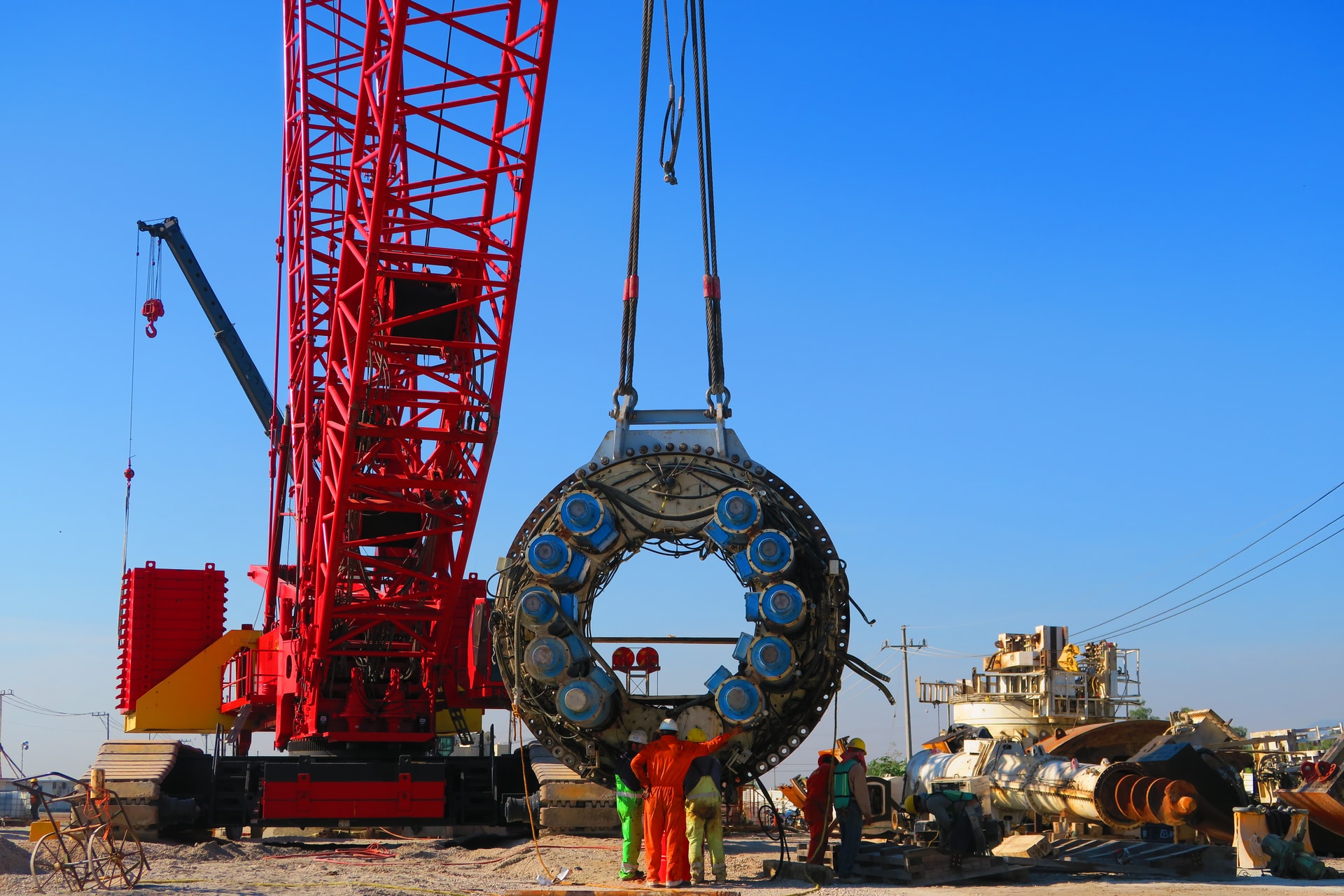Working in high places can be daunting for even the most experienced employee. With all that can go wrong, it’s very easy for workers to be hesitant or look for shortcuts to get the job done quickly.
Investing in the right lifting equipment not only ensures that your job gets done correctly but also guarantees the safety of your working teams. The right types of equipment allow workers to focus their energy on the work, rather than using all their focus to not fall off the roof.

Of course, if you have equipment, you need proper maintenance and testing. Here’s why you can’t ignore it.
The Importance of Testing
Investing in the right lifting equipment Melbourne contractors have to offer is only the first step to ensuring a safe work environment. Having your lifting equipment regularly checked and inspected is how you benefit your company in the long run.
Australian Legislation
To prevent quick, shortcut jobs that result in accidents and injuries, an Australian organisation known as the ME-025 Lifting Tackle committee have put legislation in place.
It’s an incorrect assumption that any hoisting material can be used for any job by any person. There are some factors that need to be taken into consideration for the equipment to function safely and properly.
A few of these factors include:
- Can the hoisting and lifting material sustain the weight of the employee?
- Is the employee trained to use the particular equipment safely?
- Is the lifting equipment suitable for a particular job?
- Are all the components in place to ensure employees’ safety?
Abiding by Australian legislation will ensure that your employees are safe and the business remains legally compliant. Legal compliance will ensure that your business won’t be forced to close down or receive a fine when government inspections are done.
Crew Safety
On average, 11% of all work-related deaths are as a result of falling from a height that exceeds three meters. In addition, about 21 employees lodge insurance claims regarding fall incidents on a daily basis. Regular inspections by certified lifting and hoisting experts will go a long way to ensuring the safety of employees.
There are two primary reasons for fall-related injuries or fatalities in the workplace. The first is the lack of the correct height safety equipment available on the job site. The second relates to the lack of training to properly use the equipment.
An additional factor is that companies might have equipment available but due to a lack of proper testing and inspections, faults aren’t always identified before use. Companies should have hoisting and lifting equipment inspected before every job.
It’s important to ensure that the equipment conforms to weight standards and working load limits. It’s also important to ensure that the equipment is made of quality industrial grade components.
Employer Liability
In Australia, company owners are responsible for the health and safety of all of their employees. Workplace health and safety, commonly known as WHS, protects all employees. When you abide by the laws, you provide a safe working environment.
Employers have the responsibility to ensure that all employees can perform their duties safely. If this is not the case, the employer is liable when an employee has an accident.
Expecting employees to work at heights without the correct or properly maintained equipment will put the business owner at risk for litigation.
Improve Safety but also Productivity
A thorough inspection of all lifting and hoisting equipment will identify potential flaws in the various components. Continuous use of equipment eventually leads to wear and tear and it may require servicing or replacement. Having these types of inspections at regular intervals will potentially save your company from experiencing unplanned downtime that can wreak havoc on your schedule.
Opportunity to Upgrade
Another good reason to have regular inspections is that it offers you the opportunity to upgrade your current equipment. A certified contractor doing the inspection will be able to recommend newer and possibly more productive or safer ways to get the job done.
Keeping up to date on the latest lifting equipment will expose you to technologies that will not only make the job easier but get it done in half the time.
How Often Should Lifting Equipment be Inspected?
In general, lifting equipment should be inspected every six months by certified professionals. A trained supervisor should always be on-site to check the equipment before each use just to verify safety. Employees themselves should also be trained to identify potential flaws in their gear.
It’s also important to ensure that the smaller accessories are inspected and maintained. The equipment and gear need to be checked by a company supervisor or certified contractor trained to identify potential flaws. Ensure that lifting capacities are checked with each job. Detailed records of all inspections should be kept as proof that checks were done.
Conclusion
Arranging regular inspections on all your lifting and hoisting equipment will ensure your employees can perform their work duties in a safe environment. Your company will remain up to date with current legislation and stay safe from potential lawsuits in the event of an employee accident.
Regular inspections will go a long way to eliminating your concerns when your employees are working in high places. So, give yourself and your team peace of mind.

Leave a Reply